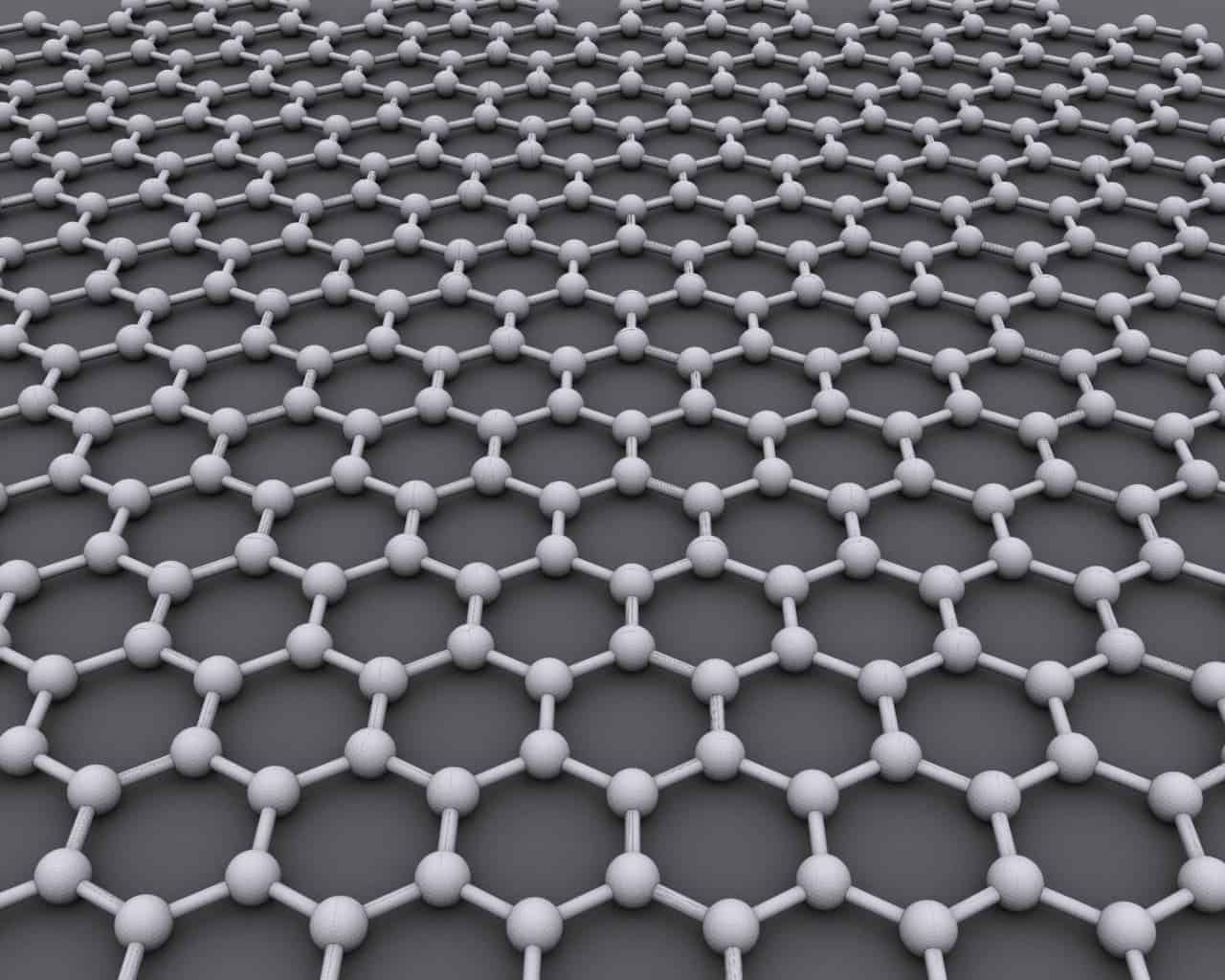Researchers have created the first stable non-metal magnet ever by treating graphene layers with non-metallic elements.
A team from the Regional Center of Advanced Technologies and Materials at the Palacky University, Olomouc, Czech Republic, announced that they have created the first non-metal magnet that can maintain its properties at room temperature. The process requires no metals — the team created their magnet by treating graphene layers with non-metallic elements such as fluorine, hydrogen, or oxygen.
“For several years, we have suspected that the path to magnetic carbon could involve graphene — a single two-dimensional layer of carbon atoms,” lead researcher Radek Zbořil, director of the RCATM, in a press release.
“[Through the process] we were able to create a new source of magnetic moments that communicate with each other even at room temperature. This discovery is seen as a huge advancement in the capabilities of organic magnets.”
They’ve also developed the theoretical framework to explain why their unique chemical treatment creates magnets without any metal.
“In metallic systems, magnetic phenomena result from the behavior of electrons in the atomic structure of metals,” explained co-author Michal Otyepka.
“In the organic magnets [i.e. the graphene ones] that we have developed, the magnetic features emerge from the behavior of non-metallic chemical radicals that carry free electrons.”
Graphene is already getting a lot of attention for its unique electrical and physical properties as well as electrical conductivity. Adding magnetism to the list of it can do opens up a whole new range of possibilities for a material that is in essence sheet carbon you can cook make from soy.
“Such magnetic graphene-based materials have potential applications in the fields of spintronics and electronics, but also in medicine for targeted drug delivery and for separating molecules using external magnetic fields,” the team adds.
The full paper “Room temperature organic magnets derived from sp3 functionalized graphene” has been published in the journal Nature.










